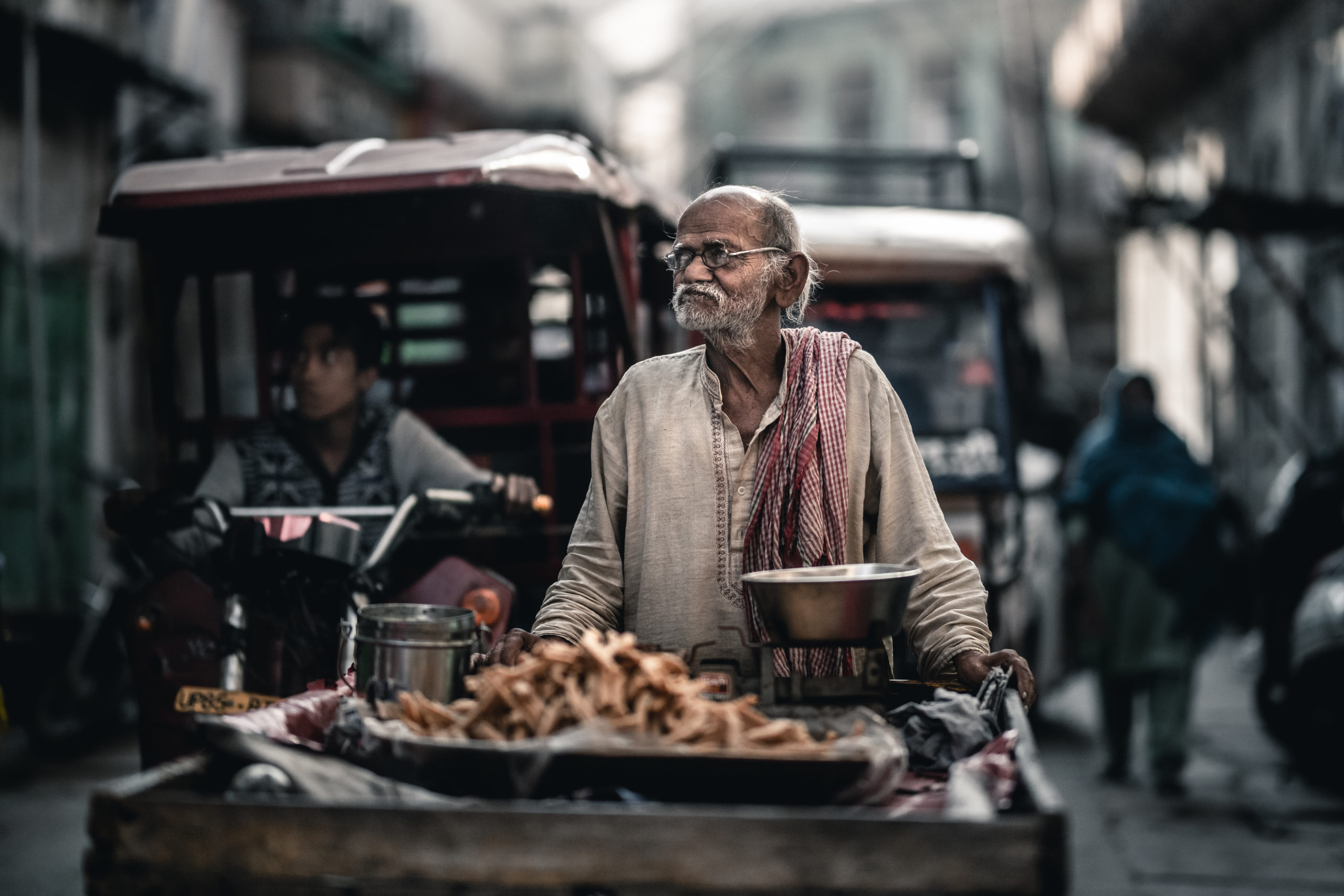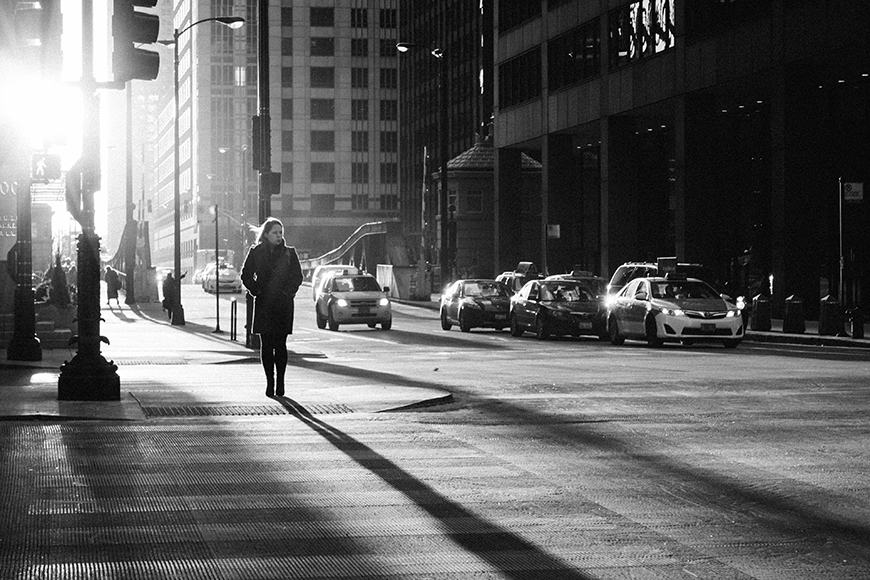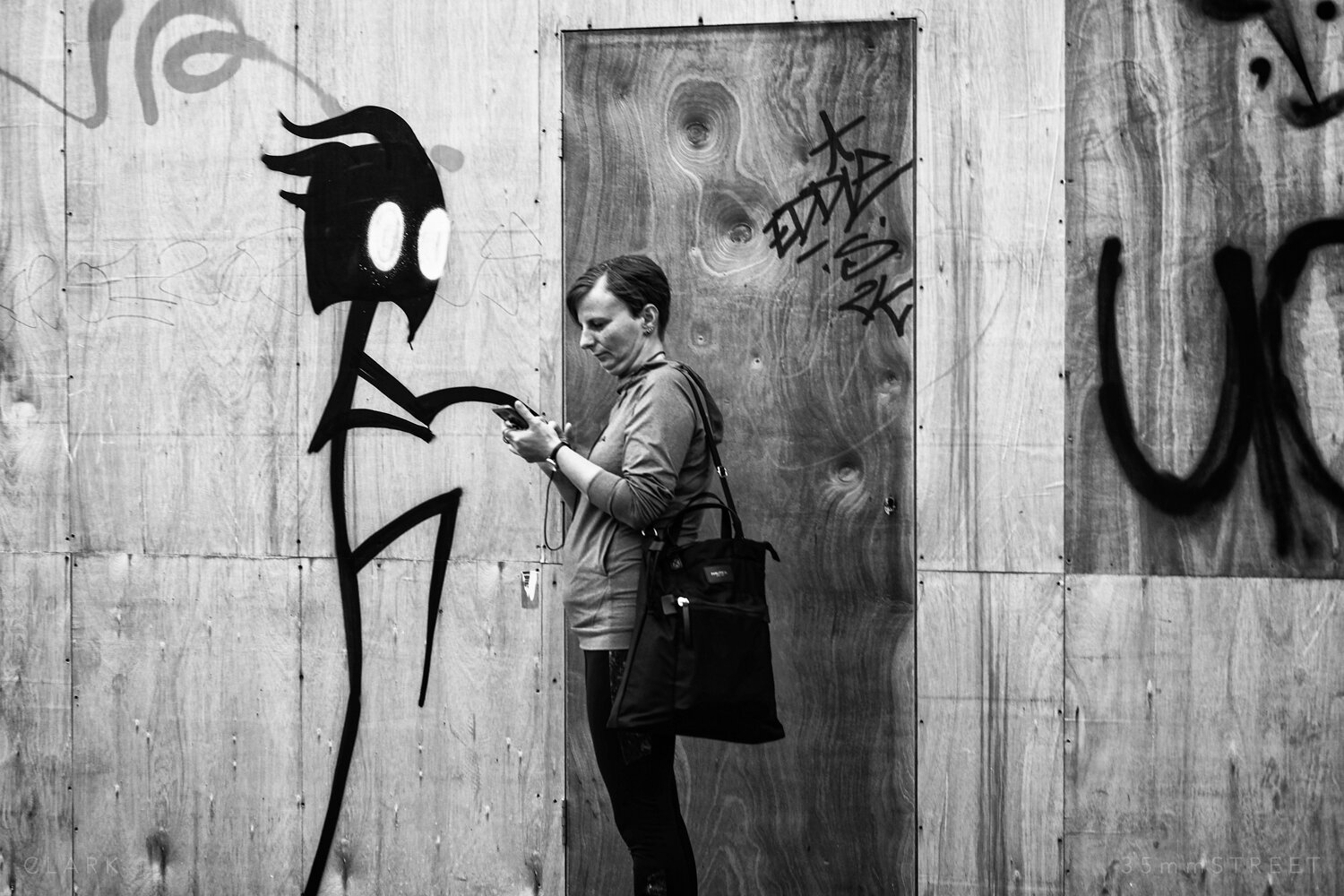3 Simple Techniques For Street Photographers
Table of ContentsFascination About Street PhotographersExcitement About Street PhotographersStreet Photographers Fundamentals ExplainedStreet Photographers Things To Know Before You Get ThisAn Unbiased View of Street Photographers
, a category of photography that records day-to-day life in a public area. The actual publicness of the setup makes it possible for the digital photographer to take honest images of strangers, typically without their knowledge. Road professional photographers do not necessarily have a social objective in mind, but they prefer to separate and capture moments which could or else go undetected.Though he was affected by a lot of those that influenced the road professional photographers of the 1950s and '60s, he was not primarily thinking about recording the spirit of the street. The impulse to visually record individuals in public began with 19th-century painters such as Edgar Degas, douard Manet, and Henri de Toulouse-Lautrec, that functioned side by side with digital photographers trying to record the significance of metropolitan life.
Due to the comparatively primitive technology available to him and the long exposure time required, he had a hard time to record the hustle and bustle of the Paris roads. He trying out a collection of photo methods, attempting to discover one that would certainly permit him to catch movement without a blur, and he found some success with the calotype, patented in 1841 by William Henry Fox Talbot. In comparison to Atget, photographer Charles Marville was hired by the city of Paris to create an encyclopaedic paper of Haussmann's metropolitan preparation job as it unravelled, thus old and new Paris. While the digital photographers' subject was basically the same, the results were markedly different, demonstrating the effect of the photographer's bent on the personality of the images he produced.
Not known Facts About Street Photographers
Given the fine quality of his pictures and the breadth of product, engineers and artists often acquired Atget's prints to use as referral for their own work, though commercial interests were hardly his primary motivation. Instead, he was driven to photo every last residue of the Paris he enjoyed.

Unlike his peers, Brassa made use of a larger-format Voigtlnder electronic camera with a longer direct exposure time, forcing him to be extra computed and thoughtful in his technique than he could have been if making use of a Leica.

Street Photographers Things To Know Before You Buy
It is due to this basic understanding of the art of image taking that he is frequently credited with uncovering the medium all over again roughly a century since its creation. He took photographs for greater than a half century and influenced generations of professional photographers to trust their eye and instinct in the moment.
These are the questions I will try to respond to: And afterwards I'll leave you with my own interpretation of street photography. Yes, we do. Allow's begin with specifying what a meaning is: According to it is: "The act of specifying, or of making something guaranteed, distinct, or clear".
No, definitely not. The term is both restricting and misinforming. Seems like a street digital photography Click Here ought to be pictures of a streets right?! And all street professional photographers, with the exception of a handful of outright newbies, will totally appreciate that a street is Extra resources not the crucial component to road digital photography, and really if it's an image of a street with perhaps a couple of boring people not doing anything of rate of interest, that's not street digital photography that's a snapshot of a road.
The Only Guide to Street Photographers
He makes a legitimate point do not you assume? Nevertheless, while I concur with him I'm unsure "honest public photography" will certainly catch on (although I do kind of like the term "honest digital photography") due to the fact that "street digital photography" has been around for a long period of time, with lots of masters' names connected to it, so I believe the term is below to stay.
Inside?! I hear you shout as you drink your fist to the sky. Why not? You can fire at the beach, at a festival, in an alley, in a park, in a piazza, in a coffee shop, at a gallery or art gallery, in a city terminal, at an event, on a bridge, under a bridge ...
Yes, I hesitate we have no choice! Without regulations we can not have an interpretation, and without a meaning we do not have a style, and without a category we don't have anything to define what we do, and so we are embeded a "guidelines interpretation genre" loophole! And no-one wants to get embeded a loop. - Street Photographers

Comments on “A Biased View of Street Photographers”